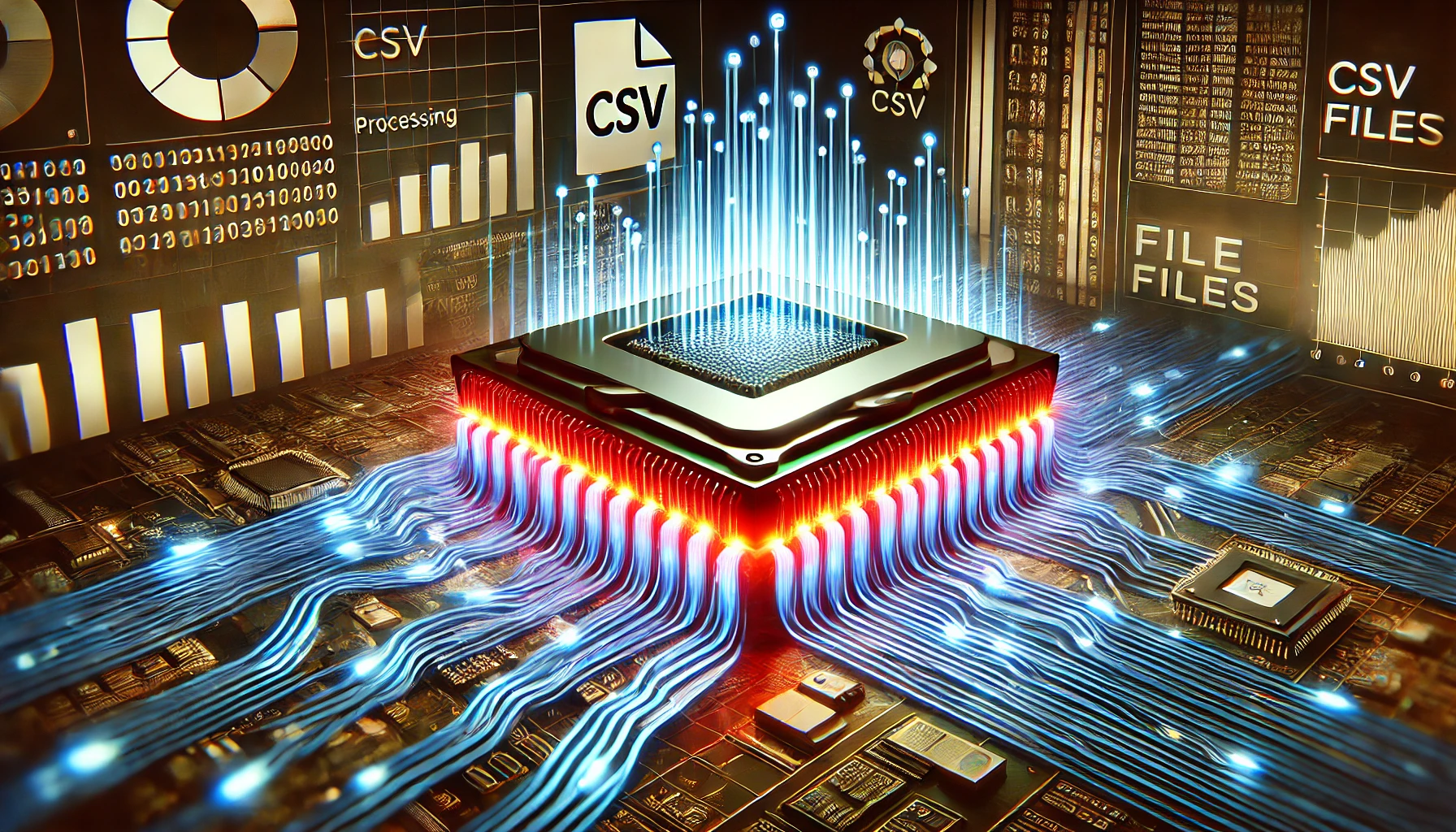Introduction
Are you curious about whether you Can I Plug the CPU Fan Into the AIO Pump? You’re not alone! Many tech enthusiasts and DIY PC builders often wonder about such an unconventional setup’s compatibility and potential risks. In this article, we’ll dive deep into the details of CPU fans and AIO pumps, their differences, and whether this setup is feasible. Let’s find out if plugging a CPU fan into an AIO pump is a smart move or a risky experiment.
No, you cannot plug a CPU fan into an AIO pump. They serve different purposes: the fan cools with airflow, and the pump circulates liquid. Trying to use them interchangeably may damage components or result in ineffective cooling.
Understanding CPU Fans and AIO Pumps
What Is a CPU Fan?

A CPU fan is an integral part of a computer’s cooling system. It’s designed to dissipate heat generated by the CPU during operation, ensuring the processor stays within safe temperature limits. Key features of a CPU fan include:
- Purpose: Primarily used to cool the CPU.
- Design: Compact and efficient, with blades optimized for airflow.
- Operation: Powered by the motherboard, with speed adjustments based on temperature.
CPU fans are generally easy to install and maintain, making them a popular choice among budget-conscious users and those with less demanding computing needs. However, they might struggle with keeping temperatures low in high-performance setups or overclocked systems.
What Is an AIO Pump?
An AIO (All-in-One) liquid cooling pump is another method to manage CPU temperatures. Unlike air cooling, AIO systems use liquid to transfer heat from the CPU to a radiator, where fans help dissipate it. Key features of an AIO pump include:
- Purpose: Circulates coolant through the system.
- Design: Includes a pump, tubes, and a radiator.
- Operation: Requires a steady power supply for continuous coolant flow.
AIO systems are often favored by gamers, streamers, and professionals who demand high performance from their machines. While they are more complex and expensive than traditional air cooling, they provide superior thermal performance and a sleek aesthetic.
Key Differences Between CPU Fans and AIO Pumps
Before considering plugging a CPU fan into an AIO pump, it’s crucial to understand their differences:
- Functionality:
- A CPU fan provides airflow to cool the CPU directly.
- An AIO pump circulates liquid to transfer heat away from the CPU.
- Power Requirements:
- CPU fans are powered through 3-pin or 4-pin headers on the motherboard.
- AIO pumps often require dedicated power from the motherboard or a separate source.
- Physical Design:
- CPU fans have small blades optimized for airflow.
- AIO pumps are designed for liquid circulation, not airflow.
- Performance:
- Air cooling with a CPU fan is effective for moderate workloads.
- AIO systems excel in handling heavy workloads and overclocked CPUs.
Is It Possible to Plug a CPU Fan into an AIO Pump?
Now, the big question: can you plug a CPU fan into an AIO pump? Technically, the answer depends on the compatibility and intended purpose. Let’s break it down:
Practical Compatibility
Physically, CPU fans and AIO pumps use different mechanisms and designs. While you might be able to connect the fan’s power cable to a pump header on the motherboard, it’s unlikely to work as intended. The CPU fan won’t circulate coolant, and the pump won’t generate the airflow needed for effective cooling.
Furthermore, the connectors used by CPU fans and AIO pumps are often not interchangeable. Attempting to force a connection might result in damage to the components or motherboard.
Technical Challenges
- Power Supply: AIO pumps often require more power than a CPU fan header can provide.
- Speed Regulation: Fan speed adjustments might not align with the pump’s requirements, leading to inefficiency or damage.
- Software Control: AIO pumps rely on specific software or firmware to regulate their operation, which is not compatible with CPU fans.
Safety Considerations
Plugging a CPU fan into an AIO pump poses risks, such as:
- Overloading the power source.
- Damaging the fan, pump, or motherboard.
- Inefficient cooling, which can lead to overheating.
In extreme cases, such mismatched connections could cause permanent hardware failure, leading to costly repairs or replacements.
Potential Workarounds and DIY Alternatives
If you’re exploring unconventional setups, consider these options:
- Adapting a CPU Fan for Airflow:
- While a CPU fan won’t replace an AIO pump, you can use it to enhance airflow in your case. Strategic placement of additional fans can improve overall cooling performance by optimizing air circulation.
- DIY Air Pump Projects:
- Creative builders have repurposed CPU fans to create small-scale air pumps for non-critical uses. For example, hobbyists have used CPU fans in DIY projects like mini ventilation systems or cooling solutions for small electronic devices. Keep in mind the limitations of these setups.
- Upgrade Your Cooling System:
- Instead of forcing incompatible components to work together, consider upgrading to a high-performance cooling solution. Options include:
- High-end air coolers with larger heat sinks and dual fans.
- Custom liquid cooling loops tailored to your system’s needs.
- Instead of forcing incompatible components to work together, consider upgrading to a high-performance cooling solution. Options include:
Exploring Advanced Cooling Options
For those looking to push their systems to the limit, advanced cooling solutions might be worth considering:
- Custom Loop Cooling Systems: These setups allow for greater customization and performance. Although more expensive and complex to install, they offer unparalleled thermal efficiency and flexibility.
- Passive Cooling: Innovative cases and components are designed for silent operation without fans or pumps, relying on natural heat dissipation. While not suitable for high-performance systems, they are ideal for quiet environments.
Conclusion
To sum up, plugging a CPU fan into an AIO pump is not a practical or advisable setup. The differences in design, power requirements, and functionality make them incompatible for such use. If you’re looking to improve cooling performance, investing in compatible and reliable hardware is the best way forward. While DIY projects can be fun, they’re best reserved for non-critical applications where risks are minimal.
For the best cooling results, focus on understanding your system’s needs and selecting components that work harmoniously together. Whether it’s a high-quality air cooler, an AIO system, or a custom liquid loop, the right choice will keep your system running smoothly and efficiently.
FAQs
Can a CPU fan replace an AIO pump?
No, a CPU fan cannot replace an AIO pump because it serves entirely different purposes. CPU fans generate airflow, while AIO pumps circulate liquid.
What happens if I connect a CPU fan to a pump header?
Connecting a CPU fan to a pump header may result in improper functionality or damage due to mismatched power and speed regulation requirements.
Are there better alternatives to AIO cooling?
Yes, alternatives include high-performance air coolers or custom liquid cooling loops for advanced setups.
Why are AIO systems preferred for gaming PCs?
AIO systems offer superior cooling performance, which is essential for gaming PCs that generate significant heat due to high CPU and GPU usage.
What maintenance does an AIO cooling system require?
AIO systems are low-maintenance but may require occasional cleaning of the radiator and fans to prevent dust buildup and ensure optimal performance.




